

Wildlife in India
Depending on the area and terrain National Parks provide ample opportunities to the visitors to have a close encounters with the wilds. But what is so exquisite about the Indian National Parks is the variance that they are equipped with. Whether it comes to the flora, avifauna, and aquafauna, or witnessing various wild forms in their natural surroundings on an elephant or inside a jeep, wild ventures in are simply amazing!
Some of the best jewels of Indian wilderness include the Great Himalayan National Park, Dachigam National Park near Srinagar, Corbett National Park in Uttar Pradesh, which is also a famous tiger reserve, Ranthambore National Park in Rajasthan, and Sundarbans National Park in West Bengal. Worth visiting in the east indian part in "The Land of Rhino" Assam is Kaziranga.
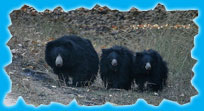
Check out the place where firstly and formostly the white Tigers of Rewa were discovered Bandhavgarh. This park is some of the left out preserved wild pockets of Madhya Pradesh of what were once splendid forests that extended across the whole of Central India. ...more

A nearby attraction of Sawai Madhopur, in the state of Rajasthan, Ranthambore National Park is an outstanding example of Project Tiger's efforts at conservation in the India. ...more
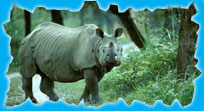
The land of Rhino is counted among the two major wild pockets, the only surviving habitats of this prehistoric survivor in India. ...more
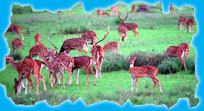
Ever though what it feels like to visit a tiger country, then visit the state of Madhya Pardesh, check out the wilds of Kanha and see for yourself why this place is called a wild hideout taken straight from the famous "Jungle Book". ...more

Come to Sundarbans where adventure awaits you at every corner. Known as the largest estuarine delta in the world, this Tigerland vibrates with countless forms of colourful life. ...more
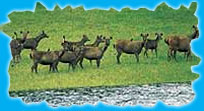
Lies halfway down the Mysore-Ooty highway became one of the first of India's Tiger Reserves and the southernmost of the nine reserves specially established under Project Tiger. ...more

One of the finest bird parks in the world, Bharatpur Bird Sanctuary (Keoladeo Ghana National Park) is a reserve that offers protection to faunal species as well. Nesting indigenous water- birds as well as migratory water birds and waterside birds, this sanctuary is also inhabited by Sambar, Chital, Nilgai and Boar. ...more
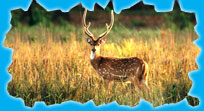
Located in the foothills of the Himalayas is the majestic Corbett National Park. Home to a variety of flora and fauna, it is famous for its wild population of Tigers, Leopards and Elephants. Corbett national park was established in 1936, as the Hailey National Park. India's first national park and the first sanctuary to come under Project Tiger, Corbett supports a variety of vegetation making it the ideal habitat for the Tiger and its prey. ...more

In the southwest of the peninsular state of Gujarat, lies the 116 square-mile Gir sanctuary created to protect the last wild population of Lion outside the African regions. Since 1913 when the Lion population over here fell drastically to just 20 animals, the numbers have increased to around 300. The Asiatic lion is slightly smaller than its African cousin is and its mane is also smaller. ...more
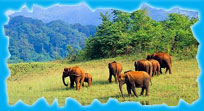
Set high in the ranges of the Western Ghats, Kerala, is the Periyar National Park and Tiger Reserve. Periyar wildlife sanctuary has a picturesque lake at the heart of the sanctuary. Formed with the building of a dam in 1895, this reservoir meanders around the contours of the wooded hills, providing a permanent source of water for the local wildlife. Though its a Tiger Reserve, tourists come here to view the Indian elephants in the act of ablution and playfulness by the Periyar lake. ...more


